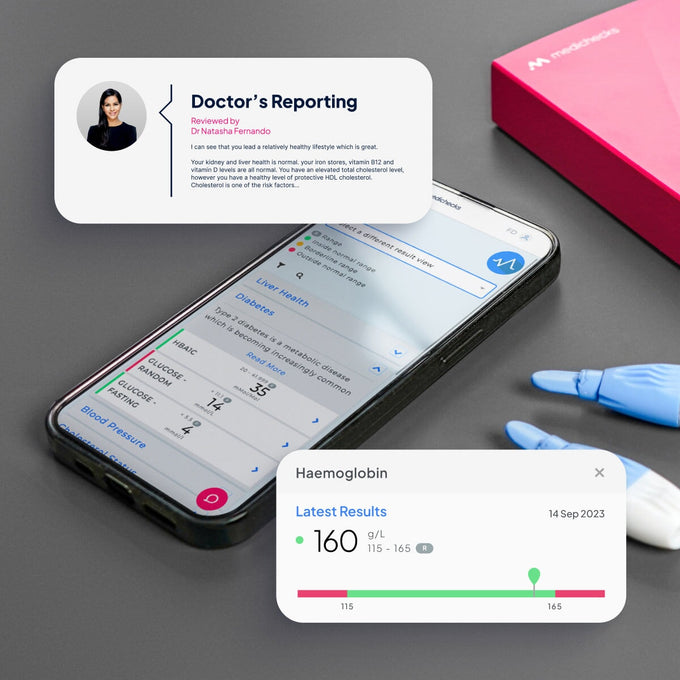Is it for you?
Would you like to understand your risk of developing heart disease? With our most Advanced Heart Disease Risk Blood Test, you get an in-depth risk review based on an advanced cholesterol panel and inflammation markers.
Our test is helpful if you have a family history of heart disease or are worried that your lifestyle may put you at an increased risk.













